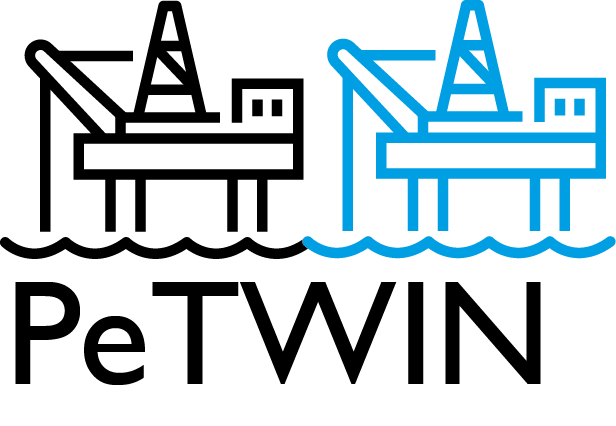Fundamental Requirements of Digital Twins for Production System in Oil and Gas Industry
Abstract:
Digital Twin (DT) has become a main object of study in recent years, with many applications. It brings promising results to various fields where it can be applied, especially in large industrial applications such as Smart Cities, Healthcare, Industry 4.0, and the Oil & Gas (O&G) industry. However, there is still a lack of fundamental understanding of what a DT is and what the requirements of a DT are, including functional needs, external behavior, non-functional requirements, quality criteria, characteristics, properties, and limitations—for anyone who wishes to develop and build a DT. Beyond comprehension, organizing and managing these requirements is crucial for implementing a functional and successful DT.The identification of DT requirements is not explicit but depends on the description of some essential characteristics, typically in an application-oriented dimension. Due to confidentiality, it is understood that most sets of requirements specific to the O&G domain are generally unavailable.Although the goals and definitions of Digital Twins differ across many applications, companies, and even domains, they share some common characteristics. Many DT requirements are generic and common to many other domains. In contrast, other DT requirements are specific to a particular context, depending on the domain, objective, or type of related physical object (asset). Thus, investigating the requirements presented in many DT projects described in the literature is an excellent way to improve the understanding of DT requirements.This dissertation addresses the discussion, organization, and management of DT requirements for the specific domain of Oil and Gas (O&G) Production Processes. Firstly, this work presents a Systematic Literature Review (SLR) to identify, evaluate, and synthesize research results related to Digital Twin Requirements for the Oil and Gas Production System. This SLR focuses on the capabilities and characteristics that a DT needs to achieve the production process objectives rather than the technologies and tools used.In the second part of thiswork, an application developed for the management of DT requirements (also focusing on O&G) is presented, aiming to support typical activities throughout the Requirements Engineering process. The context in which this tool was developed is described, along with its theoretical foundation, its evolution from a simple proof of concept to a complete software solution, and its main features, targeting business managers, software engineers, development team leaders, and others.As a result of the SLR, some requirements considered very important, specifically in the O&G domain, were identified. Some issues related to the requirements of DTs in the O&G domain were analyzed, highlighting which DT requirements are generally specifiedor described (even informally). This study helps identifyprimary studies in both DT for O&G and the fields of Requirements Engineering. It is expected that this studyoffersa clear understanding of the state-of-the-art DT requirements for many domains in a generic way, but mainly for the O&G domain, andto identify some gaps and challenges that need to be considered for the adoption of DTs by the O&G industry.
Publication: http://hdl.handle.net/10183/289210


